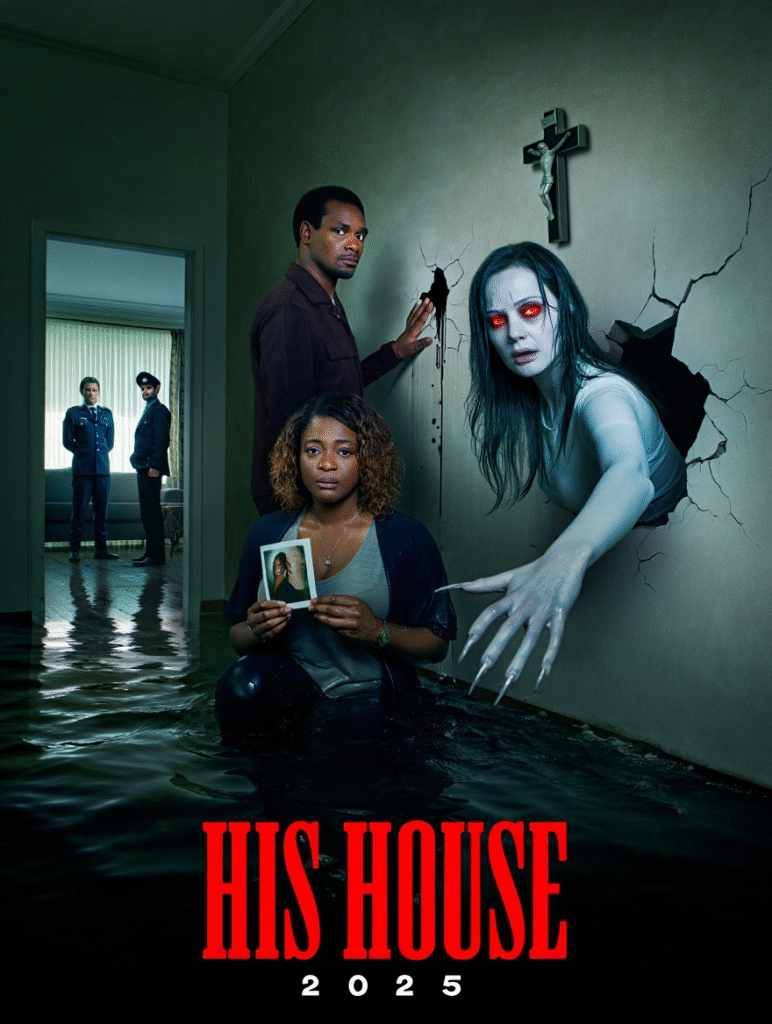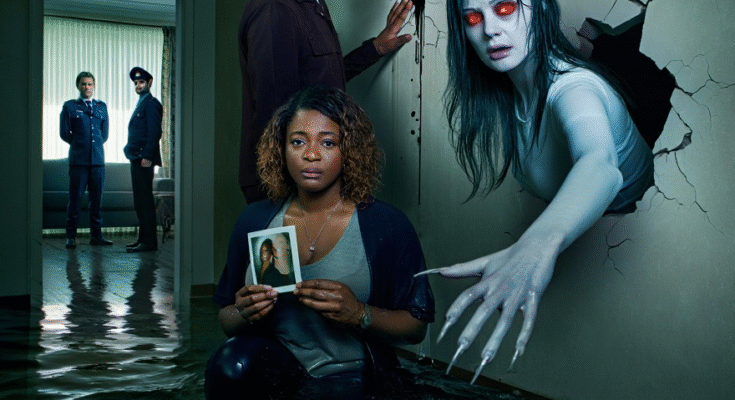🎬 His House (2025) | Film Review
“His House (2025)” returns to the haunting universe of the 2020 psychological horror hit, expanding both its mythology and emotional depth. While the first film explored guilt and displacement through supernatural horror, this sequel delves even deeper into the darkness of memory, grief, and the human capacity for denial. Set several years after the events of the original, the story follows Rial (Wunmi Mosaku) as she attempts to rebuild her life in a quiet English town—only to discover that some ghosts refuse to be buried. What begins as a new start soon unravels into a psychological descent, where reality fractures under the weight of what remains unspoken.
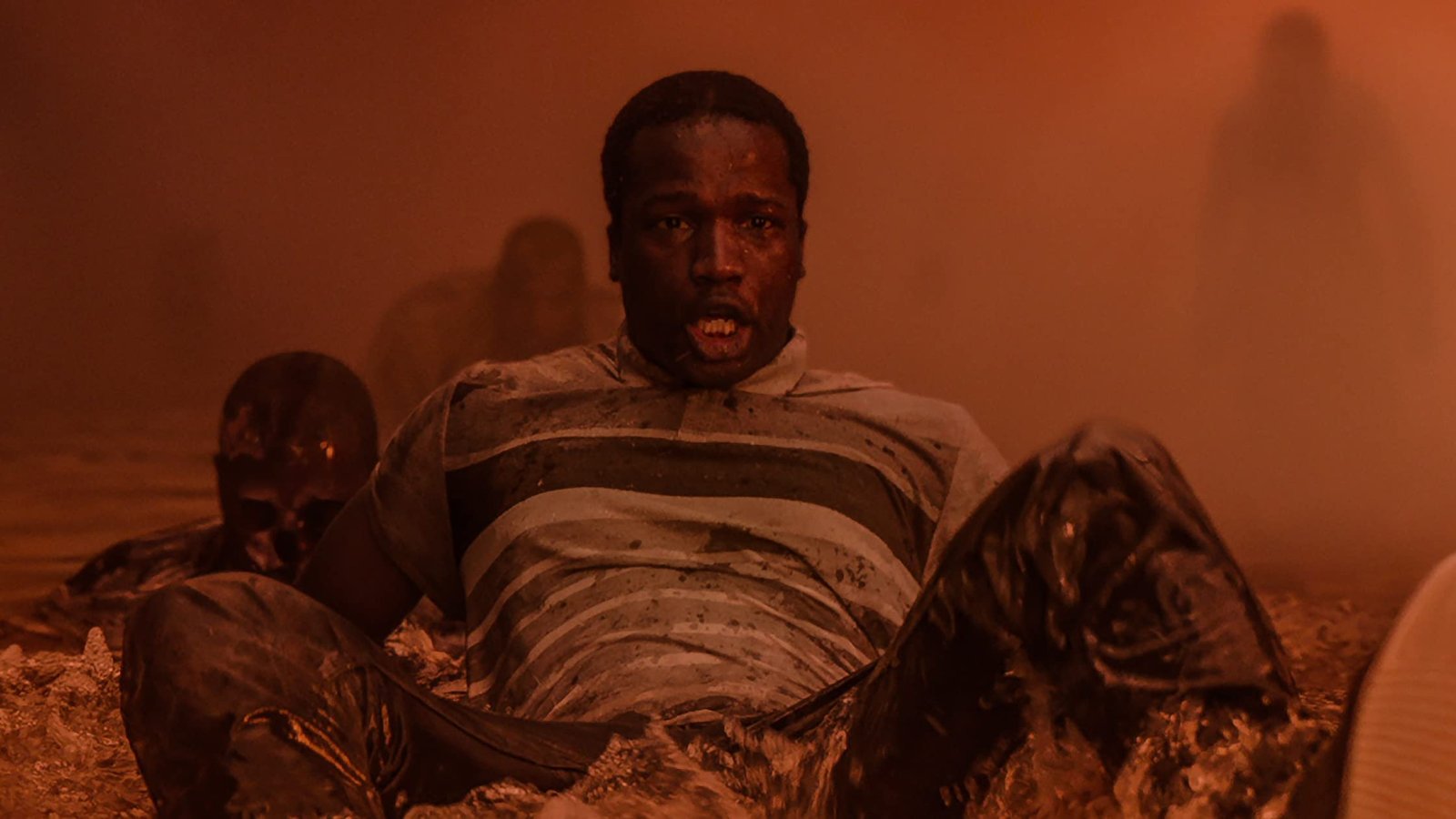
The film opens with eerie restraint: soft whispers in the walls, shadows stretching too long under dim streetlights, and the unmistakable sense that something unseen is watching. Director Remi Weekes crafts a masterclass in tension, allowing the horror to seep in slowly rather than strike outright. Each scene feels meticulously designed to mirror Rial’s fractured state of mind. The house itself—an abandoned Victorian structure offered to her by a mysterious housing program—becomes both sanctuary and prison. Within its decaying walls, time bends and memories replay, suggesting that the true haunting may not come from beyond, but from within.
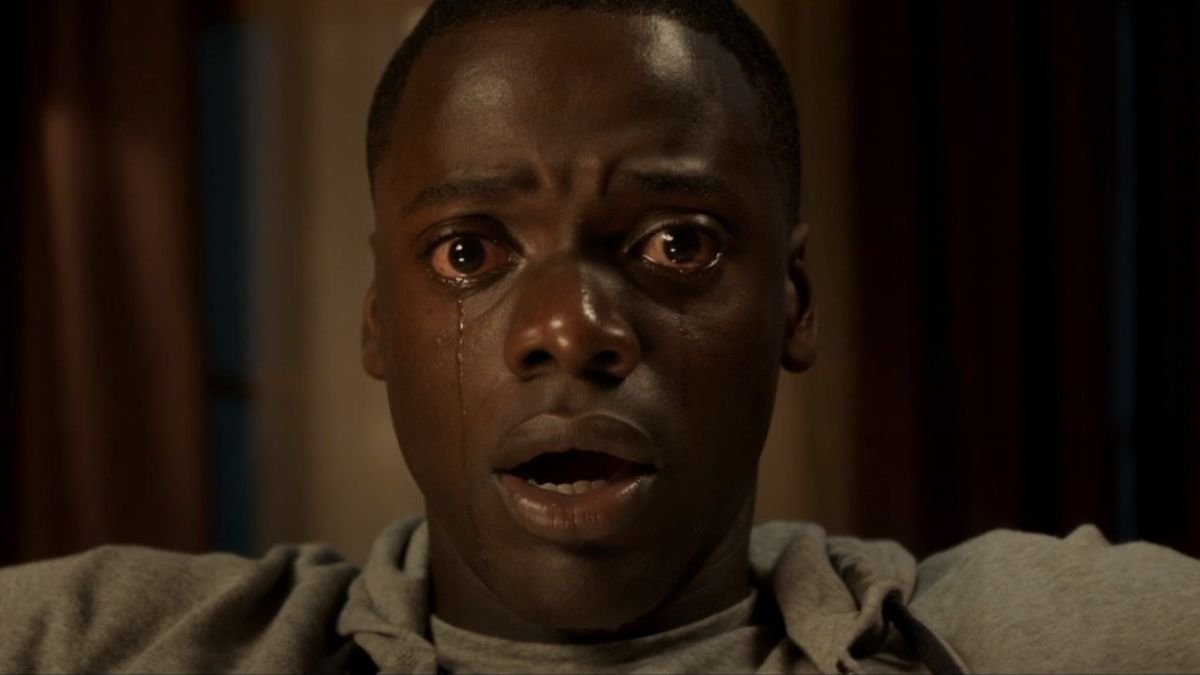
Unlike typical sequels that rely on louder scares and bigger effects, “His House (2025)” goes inward, grounding its terror in human emotion. Through flashbacks and unsettling dream sequences, we see how trauma migrates across years and generations. Rial’s struggle to adapt to her new surroundings is intertwined with visions of her past life—faces she lost, choices she can’t undo, and a growing suspicion that her redemption may come at a terrible cost. Every scream, every silence, carries meaning. Even when the screen is still, the film’s atmosphere feels alive, pulsing with guilt and sorrow.
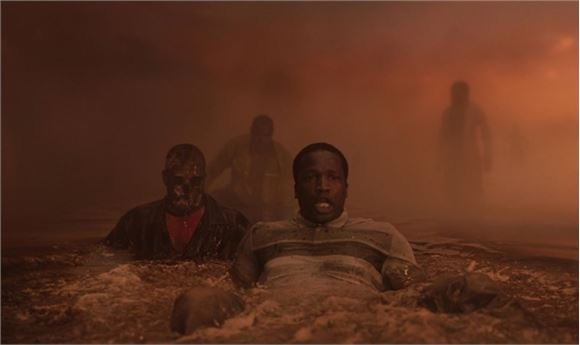
The supporting cast adds rich layers to the story. A young neighbor, played by newcomer Nia Towle, becomes both confidante and mirror to Rial’s loneliness, while a government caseworker hides secrets of his own. These relationships add texture and moral ambiguity—are these people trying to help, or merely feeding off her unraveling mind? Golshifteh Farahani joins the ensemble in a powerful supporting role as a trauma therapist whose rational explanations begin to crumble when confronted with the inexplicable. Each performance grounds the supernatural elements in emotional realism, reminding viewers that horror often grows from empathy, not spectacle.

Visually, the film is stunning and suffocating at once. The cinematography uses muted palettes and claustrophobic framing to evoke the psychological prison of grief. Light is used sparingly—often flickering, often betraying what it should reveal. The score, composed by Ben Salisbury and Geoff Barrow, hums like a heartbeat beneath the dialogue, merging dread with melancholy. Together, sound and image weave an experience that lingers long after the credits roll. This is horror not designed to shock, but to haunt—slowly, quietly, like a memory that won’t fade.

Ultimately, “His House (2025)” transcends the expectations of a genre sequel. It’s not merely a continuation of a ghost story, but an elegy for the displaced—those who carry the weight of what was lost, and who find that some homes can never truly be left behind. Remi Weekes once again proves his mastery of blending social commentary with the supernatural, crafting a film that is as emotionally devastating as it is terrifying. “His House (2025)” doesn’t scream—it whispers, mourns, and lingers, daring the audience to face the ghosts that live inside us all.
